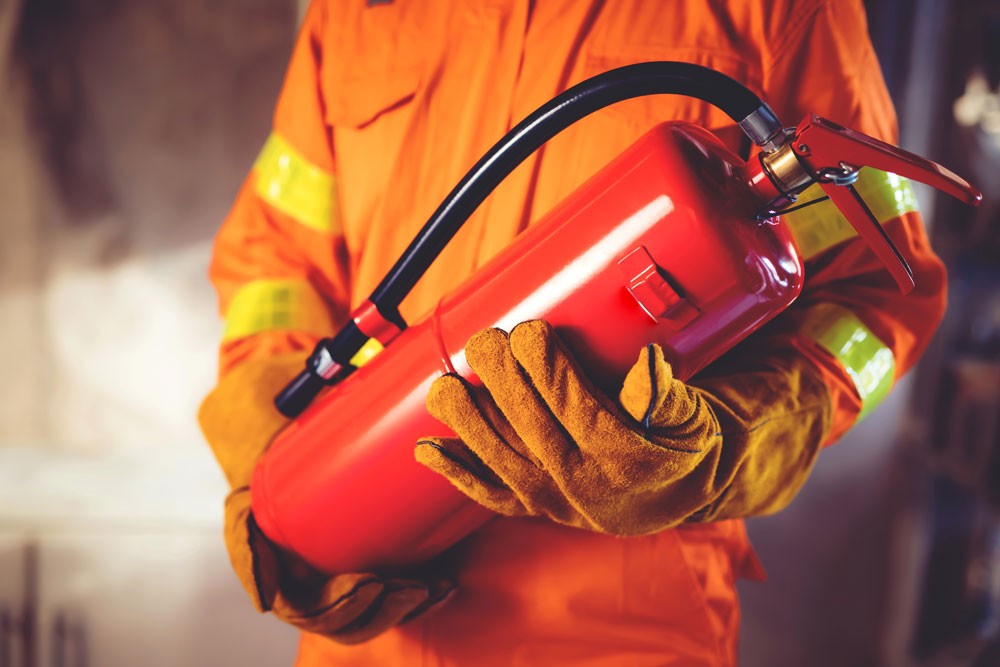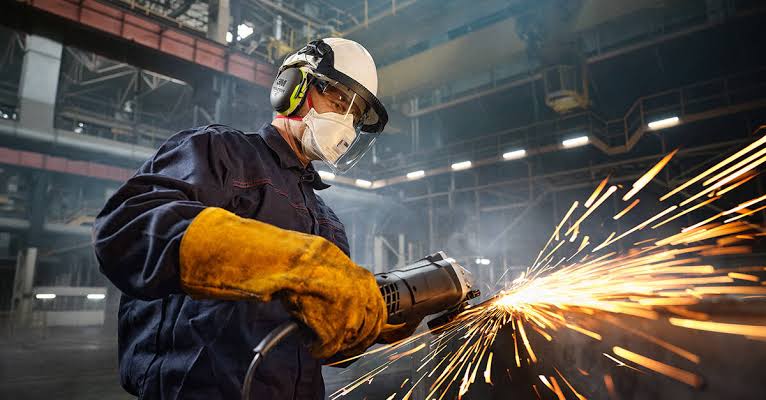Fire safety is a big deal. Everyone should know about it. Fire can destroy property and take lives. It’s not something to take lightly.
This blog is all about fire safety hazards. It will help you understand what they are, how to spot them and how to prevent them. Plus, there’s a section on training programmes to reduce fire hazards. Let’s dive in!
What is Fire Safety?
Fire safety is all about preventing fires and protecting people if a fire happens. It includes everything from installing smoke alarms to having an escape plan.
Fire safety also means knowing what causes fires and how to stop them before they start. It’s about ensuring buildings are safe and people know what to do in a fire. Simple steps can make a big difference.
How to Identify Common Fire Safety Hazards
Knowing what can cause a fire is half the battle. Here are some common fire hazards to watch out for:
- Electrical Hazards: Old wiring, overloaded circuits and faulty appliances are dangerous. They can cause sparks that start fires. It’s important to check electrical systems regularly. Pay attention to frayed wires or broken outlets. Extension cords can be risky, too, mainly if misused.
- Cooking Equipment: Kitchens are hotspots for fires and unattended cooking is a significant cause. Grease fires can happen quickly and are hard to control. Ensure flammable items are kept from the stove and never leave cooking food unattended.
- Heating Devices: Portable and fixed heaters can start fires incorrectly. Keep heaters away from curtains, furniture and other flammable items. Check for damage or malfunction regularly.
- Smoking Materials: Cigarettes, cigars and other smoking materials can provoke fires if not disposed of properly. Always use ashtrays and ensure smoking materials are completely out before throwing them away. Smoking in bed is especially dangerous.
- Flammable Liquids: Gasoline, paint thinners and other flammable liquids should be stored properly. Keep them in their original containers and well-ventilated areas. Away from heat sources is a must. Never smoke around flammable liquids.
- Candles: Candles look nice but can be hazardous. Never leave a burning candle unattended. Keep them away from anything that can catch fire, like curtains or paper. Use sturdy candle holders that won’t tip over easily.
- Faulty Fire Safety Equipment: Smoke alarms and fire extinguishers need to work correctly. Check them regularly, replace batteries in smoke alarms at least once a year and make sure fire extinguishers are not expired and are easily accessible.
How to Prevent Fire Hazards
Preventing fire hazards requires being proactive and vigilant. Here are some critical steps to help you stay safe:
- Regular Inspections
Regularly inspect your home or workplace to identify and fix fire hazards. Check for frayed wires, overloaded outlets and malfunctioning appliances. Ensure heaters are in good working order and away from flammable materials. Store flammable liquids properly, away from heat sources.
- Install Smoke Alarms
Smoke alarms are essential for fire safety. Install them in every bedroom, outside sleeping areas and on every level of your home. Inspect smoke alarms monthly and replace batteries yearly or immediately if they start chirping.
- Create an Escape Plan
Develop a well-thought-out escape plan. Ensure everyone knows at least two ways out of each room. Practice the plan regularly and designate a safe meeting spot outside the building.
- Use Electrical Appliances Safely
Avoid plugging in too many devices that could overload electrical outlets. Unplug appliances when not in use to prevent overheating. Avoid running cords under rugs or furniture.
- Be Careful with Flammable Items
Store flammable liquids like gasoline and paint thinners in their original containers in a well-ventilated area away from heat sources. Follow manufacturer instructions and never smoke or use open flames around these products.
- Keep Cooking Safe
Never leave cooking unattended, especially when using high heat or frying. Keep flammable items away from the stove and use timers to remind you that food is cooking. Keep a lid to smother small grease fires.
- Heat Safely
Keep heaters at least three feet away from anything flammable. Turn off heaters when you leave the room or go to bed. Regularly inspect heaters for damage or malfunction.
- Dispose of Smoking Materials Properly
Use proper ashtrays and ensure smoking materials are fully extinguished before disposal. Never toss smoking materials into trash bins without making sure they are out and avoid smoking in bed.
- Use Candles with Care
Never leave burning candles unattended. Extinguish them before leaving the room or going to bed. Place candles in sturdy holders and keep them away from flammable items.
- Maintain Fire Safety Equipment
Regularly check that your home’s smoke alarms and fire extinguishers are properly working. Assess smoke alarms every month and replace their batteries annually. Make sure fire extinguishers are easily accessible and that all household members know how to operate them.
Effective Training Programmes to Reduce Fire Hazards
Training programmes play a crucial role in reducing fire hazards. Here are some of the essential training programmes that workers should go through:
Fire Safety Training
Occupational Fire Safety Training provides essential knowledge on preventing fires and responding effectively if one occurs. It covers identifying fire hazards, understanding fire safety equipment and executing emergency procedures. This training helps ensure a safer environment for everyone.
First Aid at Work
First Aid at Work training equips employees with the skills to provide initial care in a medical emergency, including burns and smoke inhalation from fires. Participants learn to use first aid kits, perform CPR and manage injuries until professional help arrives. It’s crucial for maintaining workplace safety.
PPE Training
PPE (Personal Protective Equipment) Training educates workers on the proper use, maintenance and limitations of safety gear such as helmets, gloves and respirators. This training ensures that employees are adequately protected from potential hazards, including fire-related ones.
Fire Stopping Training
Fire-stopping training focuses on techniques to prevent fire spread through walls, floors and ceilings. Participants learn about fire-resistant materials and installation methods that contain fires within a compartment, limiting damage and providing more time for evacuation.
Fire Extinguisher Training
Fire Extinguisher Training instructs participants on the multiple types and classes of fire extinguishers and their appropriate uses. It covers how to operate an extinguisher correctly and safely, including practical exercises. This training is crucial for enabling individuals to tackle small fires effectively before they escalate.
Fire Risk Assessment Training
Fire Risk Assessment Training teaches individuals how to evaluate potential fire risks in their environment. It includes identifying fire hazards, assessing the likelihood of fire occurrences and implementing measures to mitigate these risks. This training is vital for creating safer workplaces and buildings.
In a Nutshell
Fire safety is crucial as it can endanger lives and property. Understanding how to identify and prevent fire hazards can make a significant difference. Regular inspections, proper appliance use and safe storage of flammable items are key practices in fire safety. Effective training programmes, like fire drills and workshops, help reduce fire hazards and ensure everyone knows what to do in a fire. Remember, fire safety is everyone’s responsibility. By being proactive and prepared, we can all contribute to a safer environment.






